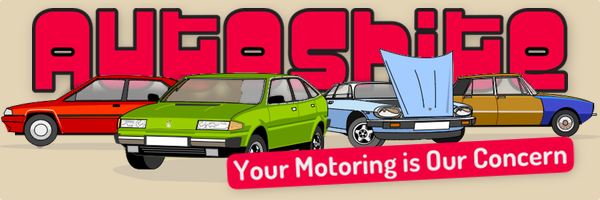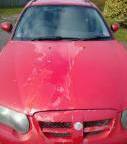project 1951 Lanchester LD10 - Rear Corner Inspection
-
Similar Content
-
- 1,391 replies
- 222,046 views
-
Zel's Motoring Adventures...Peugeot, Renault, Rover, Trabant, Invacar & A Sinclair C5 - 16/04 - Routine Consumables... 1 2 3 4 183
By Zelandeth,
- 5,463 replies
- 1,959,794 views
-
I'll get round to it at some point - Pontiac Fettling and Citroen Procrastination 1 2 3 4 19
By Rust Collector,
- 557 replies
- 57,360 views
-
- 244 replies
- 21,793 views
-
- 1,058 replies
- 145,777 views
-







Recommended Posts
Create an account or sign in to comment
You need to be a member in order to leave a comment
Create an account
Sign up for a new account in our community. It's easy!
Register a new accountSign in
Already have an account? Sign in here.
Sign In Now